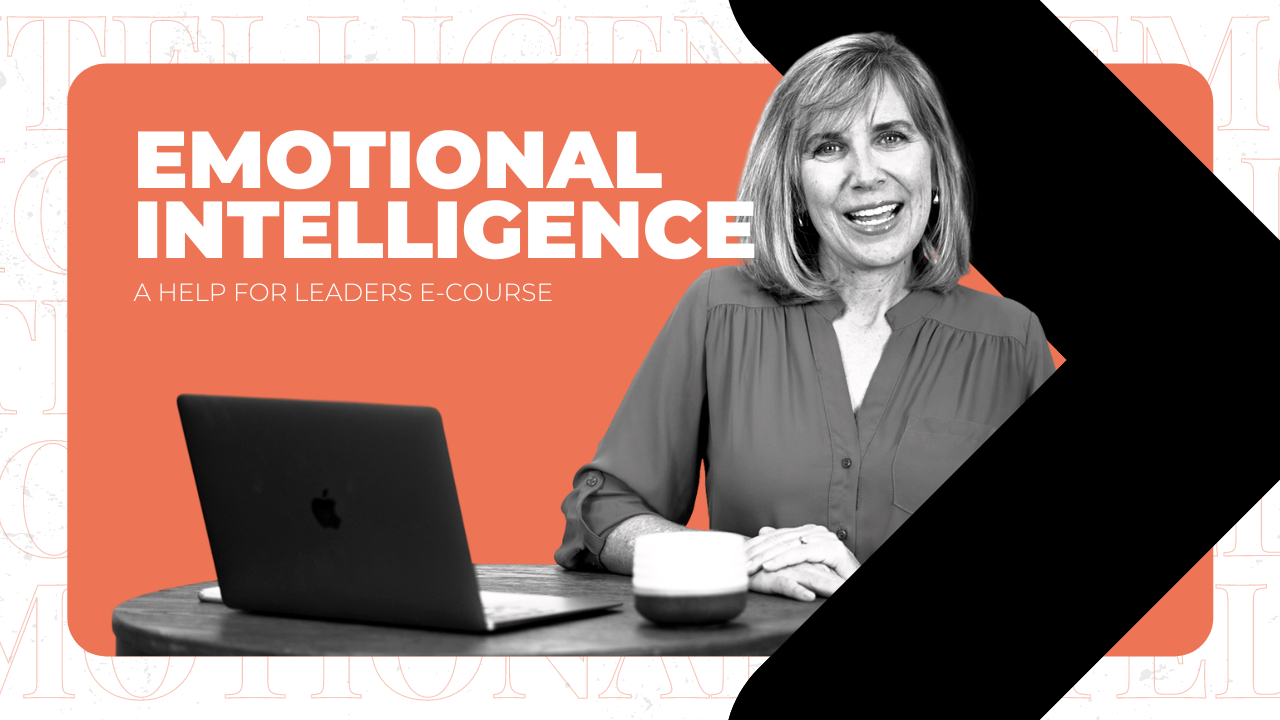DISC Overview

DISC is an acroynmn for a human behavioral model that goes over 4 separate behavioral factors: Dominance, Influence, Steadiness and Compliance. Simply put, it measures how a person does what they do. It creates a language around observable behavior.
DISC is not
- A measure of IQ
- An indicator of a person’s values
- A measurement of skills and experience
- A measurement of education and training
DISC is
- A universal language – culturally valid
- An observable language - behavior-based
- A neutral language – no right or wrong
The DISC model characterizes how we act—period!
Brief History of DISC
The theory goes all the way back to Hippocrates in 400BC.
William Moulton Marston created the behavioral theory that we use today in the 1928. He wrote a book called the Emotions of Normal People.
Walter V Clark, an industrial psychologist created the first DISC assessment in the 1950s.
Assessments in the marketplace
In 1984, the first computerized and personalized DISC assessment was available and then in 1999, the first online version came on the scene.
The DISC assessment is available in over 40 languages and we have national norms for over 23 countries.
Who can use DISC and what are the applications?
Individuals
- personal and professional development
- minimize unnecessary conflict
- enhance communication
- develop self-awareness
Teams
- Find communication gaps
- Smoother internal communication
- Become more effective together
Entire Organizations
- leadership development
- management development
- teambuilding
- hiring and selection
- communication training
- and so much more
Take our free Work from Home DISC assessment to see what you behavioral style is. Listen to our entire episode on All Things DISC here. Check out our episode on our YouTube channel here.


